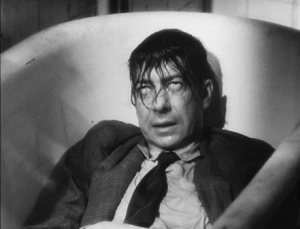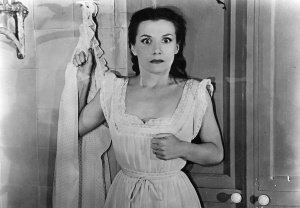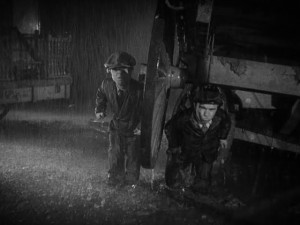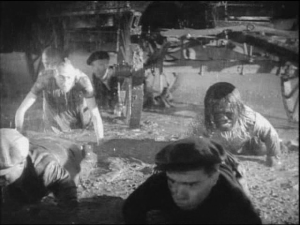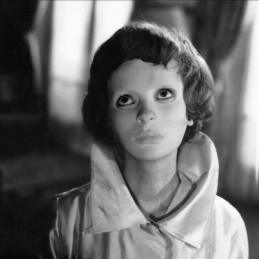 Georges Franju‘s Les Yeux Sans Visage or Eyes Without a Face is a poetry of images, disturbing images, yes, but also beautiful images. Eyes, of course are everywhere.
Georges Franju‘s Les Yeux Sans Visage or Eyes Without a Face is a poetry of images, disturbing images, yes, but also beautiful images. Eyes, of course are everywhere.
Obsesses eyes, frightened eyes, hopeful eyes, wary eyes, longing eyes, searching eyes, blank eyes, dead eyes, wondering eyes. Edith Scob‘s eyes are the most impressive and expressive because for most of the movie that is all she has to emote with as Christiane Génessier the faceless woman behind the mask.
Carol Clover points out that, like folk-tales, horror films have a predictable cast of characters, namely the victim, the monster, and the hero (12), but in modern horror films, enabled by the rise of feminism, often the victim and hero combine together to form what Clover calls “the female victim-hero” (4). Clover also discusses the story of Carrie White from the film Carrie based on the novel by Stephen King in which, throughout the story, Carrie takes on all three roles. I suggest that Christiane does the same in this film.
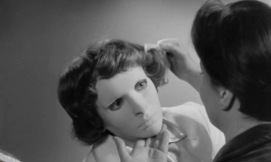 In the beginning of the movie Christiane is presented as a victim trapped in her ivory tower by her controlling father and his over-loyal assistant. She is treated more like a doll than a person, and she resembles a doll as well.
In the beginning of the movie Christiane is presented as a victim trapped in her ivory tower by her controlling father and his over-loyal assistant. She is treated more like a doll than a person, and she resembles a doll as well. 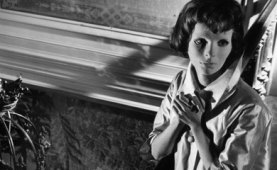 Her mannerisms come across as very doll-like. When the mask is on, she does not speak throughout the first part of the movie. When she sneaks out of her room and hides in the garage watching her father and his assistant come out of the hidden passageway, the audience wonders what she will discover and what she will do about it.
Her mannerisms come across as very doll-like. When the mask is on, she does not speak throughout the first part of the movie. When she sneaks out of her room and hides in the garage watching her father and his assistant come out of the hidden passageway, the audience wonders what she will discover and what she will do about it.
However, her actions upon finding the girl strapped to the operating table reveal that she was aware of the room and it’s purpose all along, framing her as, if not accessory to the actions taken there, at least complacent in them, revealing a monstrous nature along with her monstrous face. The mask takes on a more sinister feel reminding one of other silent, masked monsters.
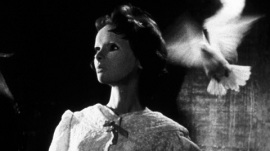 After the new skin graft does not take, and she returns to her mask, she once again takes on the role of victim asking the assistant to kill her using the drugs that her father uses to put down the dogs that he experiments on. Finally, she turns into “a monstrous hero” (4) when she kills the assistant
After the new skin graft does not take, and she returns to her mask, she once again takes on the role of victim asking the assistant to kill her using the drugs that her father uses to put down the dogs that he experiments on. Finally, she turns into “a monstrous hero” (4) when she kills the assistant 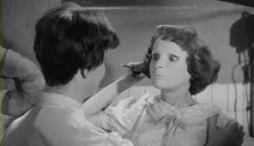 and sets free the next girl scheduled for mutilation as well as the dogs, who ironically tear off the face of the doctor.
and sets free the next girl scheduled for mutilation as well as the dogs, who ironically tear off the face of the doctor.
But as she wanders off into the night, one wonders what she will become next.
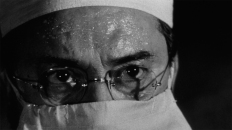
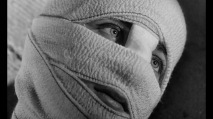

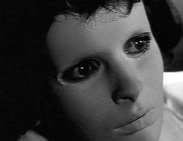
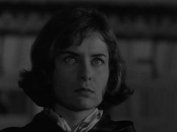
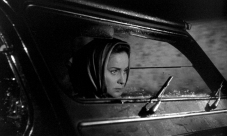
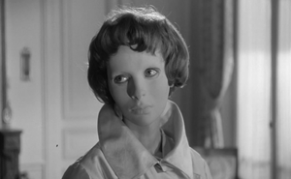
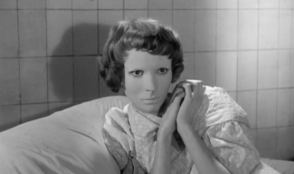
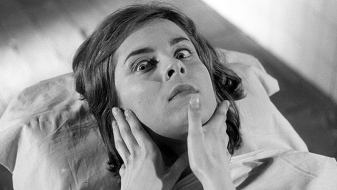
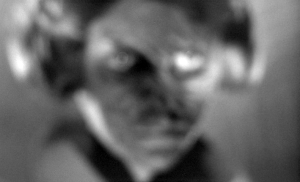
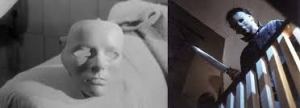
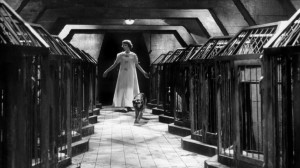
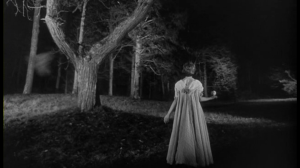
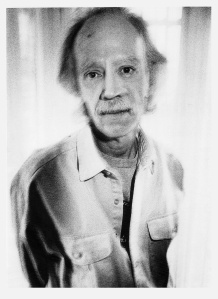
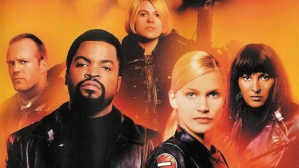
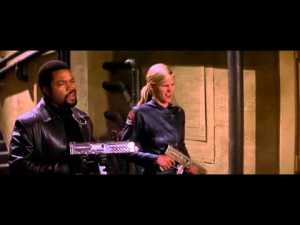
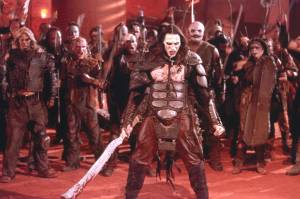
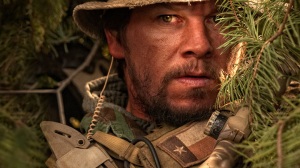
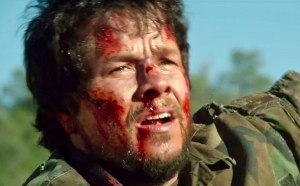

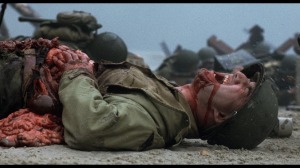
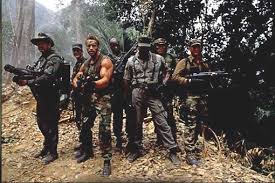
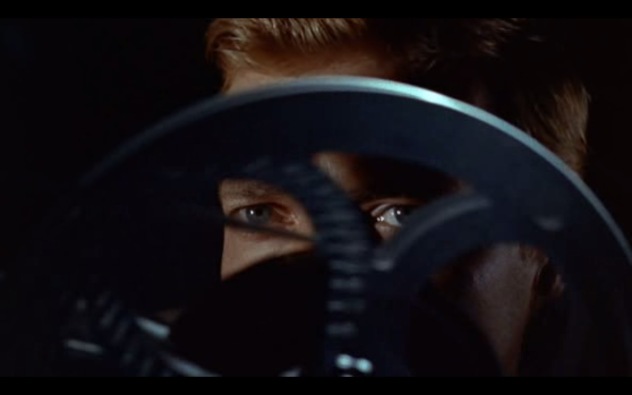
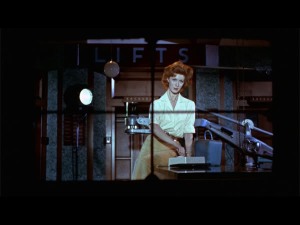
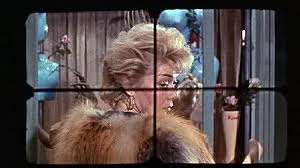
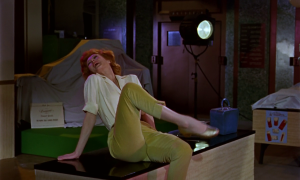
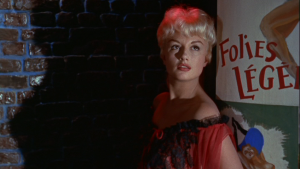
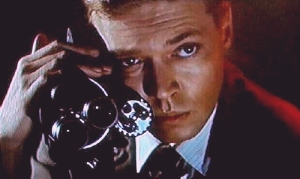
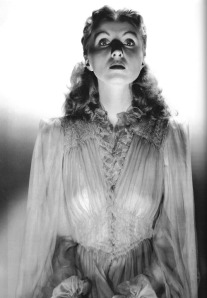
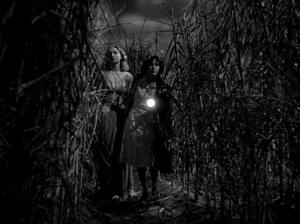
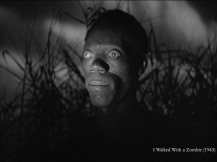
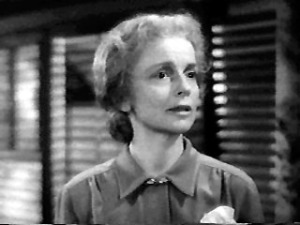
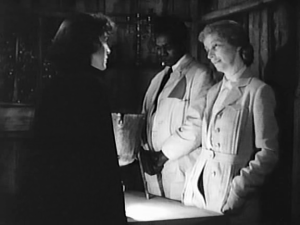
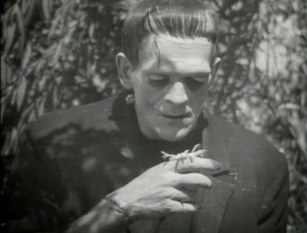
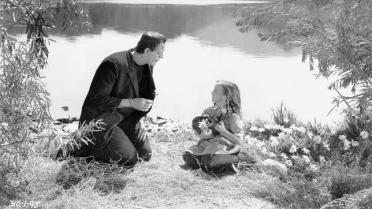
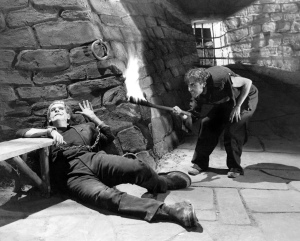 As with children, the creature learned violence from those around him, the jealous taunting by
As with children, the creature learned violence from those around him, the jealous taunting by 